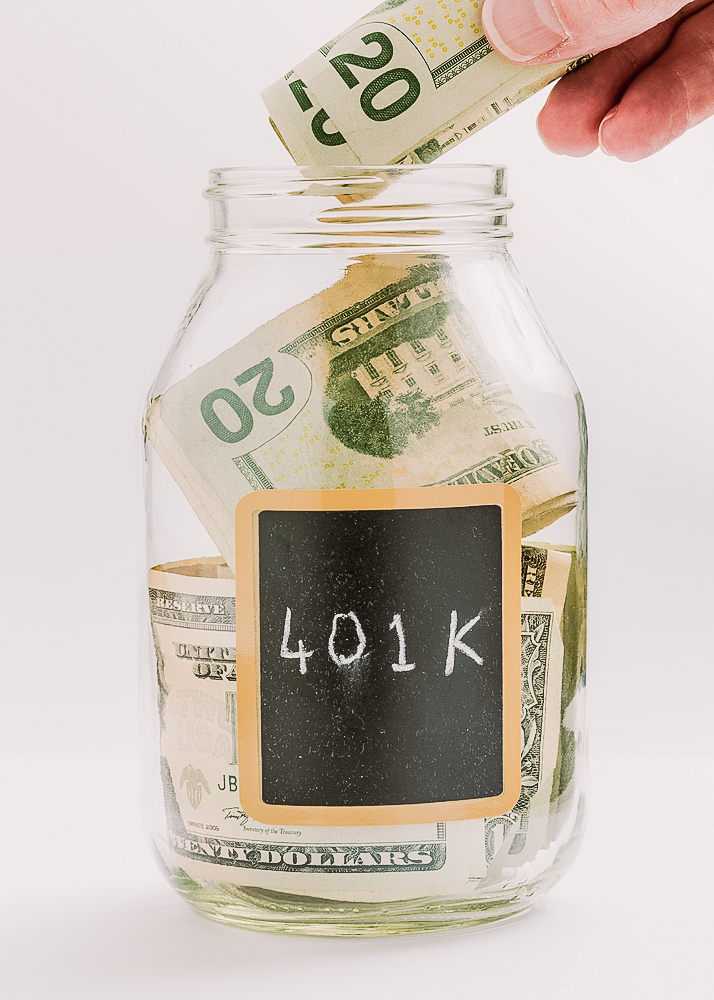Why Am I Receiving Excess Contributions From My 401(k)?
Did you get a notice saying some of your 401(k) money is being sent back for “excess contributions”?
Getting a notice like that can be really confusing and make you wonder what’s going on with your 401(k). After all, contributing to your retirement plan is a smart financial move, so why would any of your money be sent back to you?
Excess contributions are more common than you might think and are usually the result of IRS rules and testing requirements designed to ensure fairness in 401(k) plans.
Want to know why this happens, what it means for you, and how to maximize your contributions going forward?
What Are Excess Contributions?
Excess contributions occur when your 401(k) plan fails certain nondiscrimination tests required by the IRS. These tests make sure a company’s 401(k) plan is fair and doesn’t give better benefits to higher-paid workers than to everyone else.
- HCEs – highly compensated employees
- NHCEs – non-highly compensated employees
If the plan fails these tests, the company may be required to return some of the contributions made by HCEs to bring the plan into compliance. This refund is called a corrective distribution and is intended to restore fairness within the plan.
Why Did You Receive Excess Contributions?
You’re likely receiving excess contributions because you fall into the highly compensated employee (HCE) category. Here’s why this happens:
1. You’re an HCE According to the IRS
You’re considered an HCE if:
- You earned more than $155,000 in 2024 (indexed annually).
- You own more than 5% of the company, regardless of your salary.
2. The Plan Failed Nondiscrimination Testing
Your employer’s 401(k) plan must pass tests like:
- Actual Deferral Percentage (ADP): Ensures HCEs don’t contribute a disproportionately higher percentage of their salaries compared to NHCEs.
- Actual Contribution Percentage (ACP): Similar to ADP but includes employer matching and after-tax contributions.
If NHCEs contribute less overall, the IRS requires a reduction in the allowable contributions for HCEs.
3. The Plan Reached Testing Limits
Even if you stayed under the IRS annual limit for contributions ($23,000 in 2024, or $30,500 if you’re age 50+), nondiscrimination testing might still require the return of some of your contributions.
What Does It Mean for You?
Receiving excess contributions can be frustrating, but it doesn’t mean you’ve done anything wrong. Here’s what happens next:
- Corrective Distribution:
You’ll receive a refund of your excess contributions, typically accompanied by any associated earnings. - Tax Implications*:
- The excess contribution will be taxed in the year it was made
- The refunded excess will be reported on Form 1099-R.
- Impact on Retirement Savings:
Excess contributions are removed from your 401(k), meaning less money is working for you in your retirement account.
What You Can Do to Avoid Excess Contributions
Although you can’t control the overall plan testing results, there are changes that can be made to minimize the likelihood of receiving excess contributions in the future.
Advocate for a Safe Harbor Plan
- Check whether your employer offers matching contributions or a safe harbor plan, which can reduce the likelihood of failed testing.
- A safe harbor 401(k) plan includes mandatory employer contributions and automatically satisfies nondiscrimination testing, allowing HCEs to maximize their contributions without restrictions.
How Employers Can Improve Plan Design
If you’re frustrated with receiving excess contributions, it might be time for your plan sponsor (your employer) to review the plan’s design. They can work with a 401(k) consultant to explore options like:
- Adding a safe harbor provision to eliminate testing requirements.
- Implementing automatic enrollment or increasing education efforts to boost participation rates among NHCEs.
- Offering a non-qualified deferred compensation (NQDC) plan for HCEs to save beyond the 401(k) limits.
Receiving excess contributions can be an inconvenience, but it’s a result of IRS rules designed to ensure fairness in retirement plans.
While there’s little you can do individually to change your contributions, your plan administrator can work with a 401(k) consultant to address testing issues and improve plan design.
If you’re looking for ways to maximize your retirement savings without exceeding limits, encourage your plan administrator to contact us. We can help them design a plan that allows participants like you to save to the fullest extent allowed by the IRS every year.
*Disclaimer: This is general information and not meant as advice. Be sure to get personalized guidance from a tax advisor.







